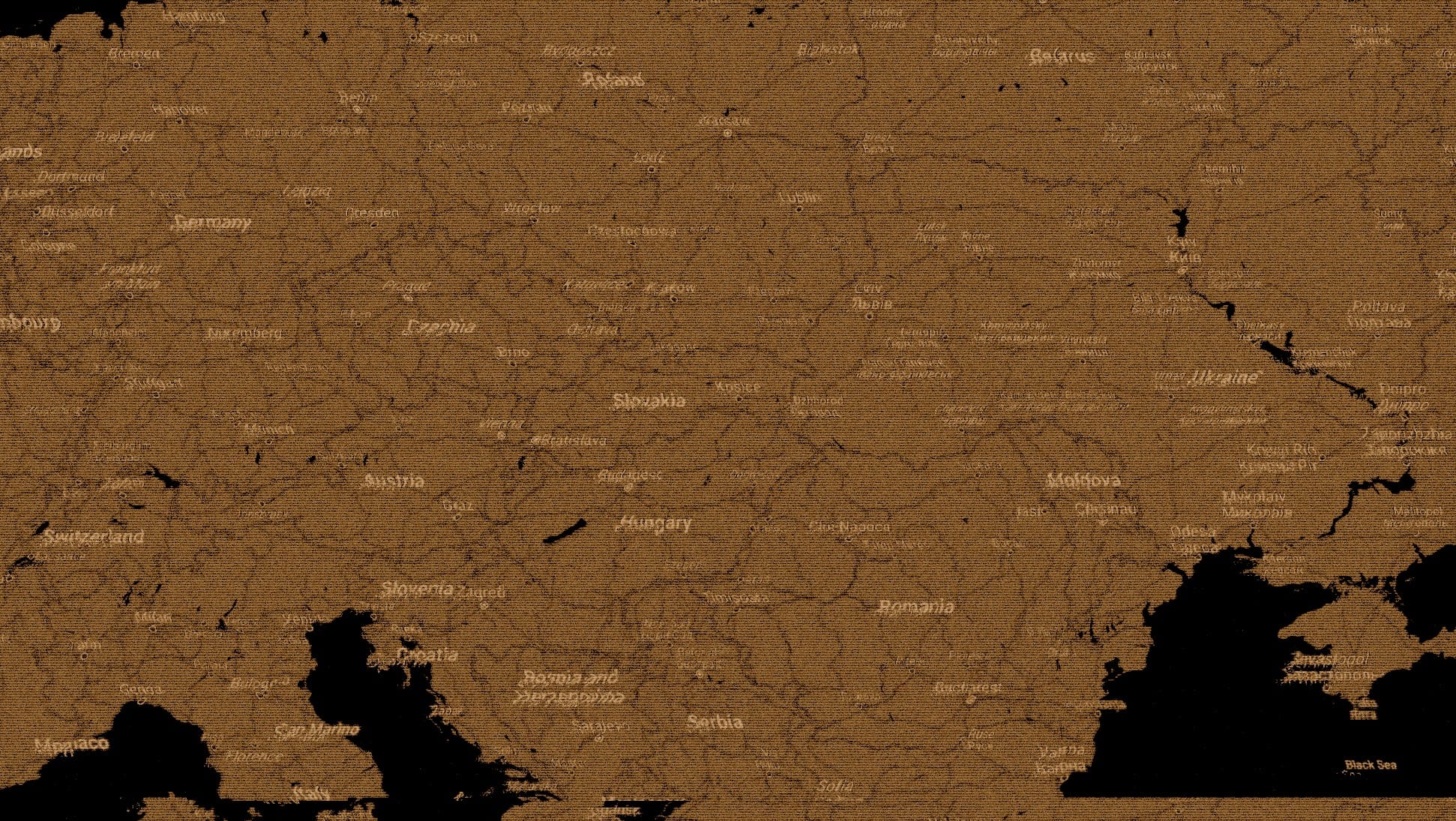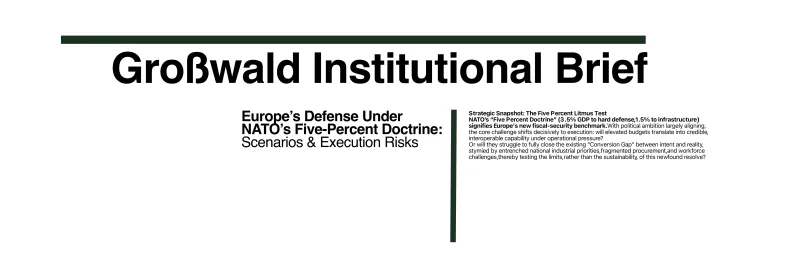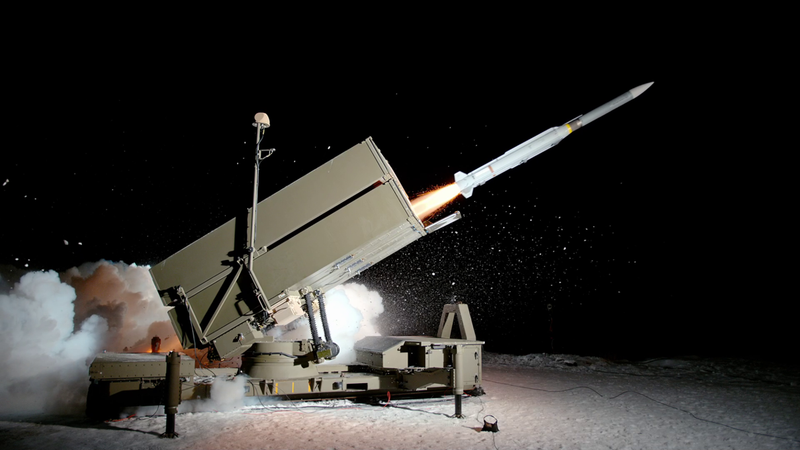Will Europe Hijack NATO's Architecture to Build Its Own Strategic Pillar?
As U.S.-EU defense priorities diverge, Europe is reshaping NATO from within—building sovereign capabilities, subsidizing domestic defense industries, and preparing for autonomy inside or beyond the alliance.
Core Thesis:
As transatlantic cohesion thins under diverging threat perceptions and fiscal doctrines, a sharper hypothesis is taking hold in European policy circles: Europe is not simply strengthening its NATO role—but is actively reengineering the alliance as a platform for continental autonomy.
What began as abstract talk of "strategic sovereignty" is now institutional behavior. The objective is not defection, but a quieter, more structural shift: repurposing NATO to serve Europe’s own strategic core, with or without full U.S. alignment.
Key Vectors of Change:
- Diplomatic Realignment: Sovereignty Over Assumed Solidarity
President Macron’s concept of “strategic autonomy” has moved from rhetoric to policy. Brussels is advancing a suite of sovereignty-centric projects—from the European Defence Industrial Programme (EDIP) and bloc-level missile coordination (ESSI) to nascent European nuclear policy discourse.- Signal: Germany’s permanent NATO brigade in Lithuania, while framed as alliance cohesion, simultaneously anchors Berlin’s independent eastern military posture, irrespective of U.S. force rotations. A dual logic is emerging: defend NATO’s form while fundamentally reshaping its functional utility for European ends.
- Military Convergence: Parallel Systems Under NATO's Umbrella
European states are increasingly developing layered, intra-European capabilities that operate within NATO structures but are not dependent on U.S. infrastructure or primary control for every aspect:- The Rheinmetall–Anduril (U.S.) missile partnership aims to co-develop and manufacture advanced systems in Europe, fostering European sovereignty in critical areas like autonomous systems and solid rocket motor production.
- Coordinated Leopard 2Ax acquisitions (1, 2, 3, 4, ..) across multiple EU nations reflect a move towards standardized European armored mass.
- The European Sky Shield Initiative (ESSI) seeks to replicate integrated air and missile defense (IAMD) logic with a strong European industrial and command footprint.
These initiatives mirror NATO force models but are driven by sovereign procurement priorities, emerging European doctrine, and distinct integration pathways. Europe is building NATO-shaped tools with an increasingly Europe-first operational logic.
- Economic Divergence: Industrial Autonomy via Strategic Subsidy
Where Washington often prioritizes private-sector leadership in defense innovation, Europe is increasingly leveraging public-heavy investment models. The EU’s proposed €150bn SAFE fund (under the Readiness 2030 framework) is structured as a long-term instrument to bolster EU defense primes, potentially at the expense of non-EU, including U.S., suppliers.- Simultaneously, Brussels is recalibrating competition rules for defense firms, signaling a clear intent to reduce foreign dependency through strategic industrial policy rather than solely through interoperability mandates.
- Evolving Strategic Logic: NATO as Wrapper, Not Indispensable Framework
The current European trajectory does not indicate an exit from NATO. Instead, it points towards an internalization of its functions. The objective appears to be strategic redundancy—ensuring European deterrence capabilities can operate effectively both inside and, if necessary, outside a U.S.-led Article 5 framework.- NATO increasingly serves as the political and procedural shell, while core European structures (PESCO, EDF, EDIP) build out the autonomous defense capabilities. The war in Ukraine acted as the catalyst; the emerging 5% defense spending doctrine is the accelerant for this transformation.
Signal ▶
Europe may not publicly declare an intent to "hijack" or fundamentally repurpose NATO. It doesn’t need to. Observed shifts in doctrine, procurement patterns, basing decisions, and diplomatic initiatives already indicate a profound evolution. The Alliance will likely endure, but its center of strategic gravity is discernibly moving towards continental Europe.
Sources: DGAP, The Guardian, EU Commission, NATO, Rheinmetall
© Großwald 2025 | Structured Intelligence on European Defense







